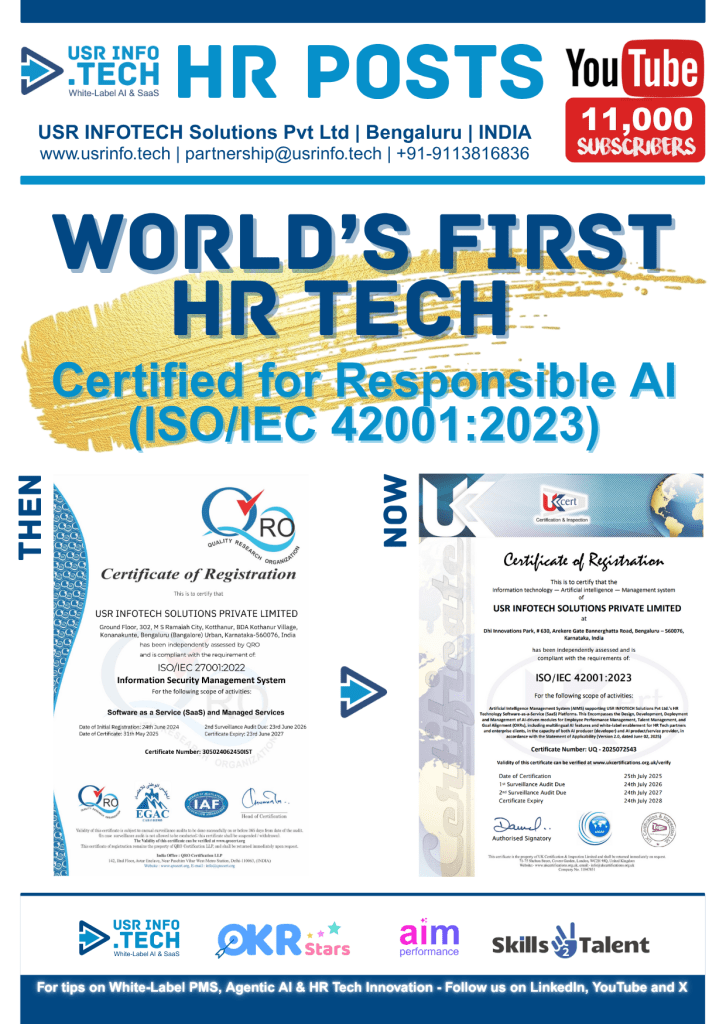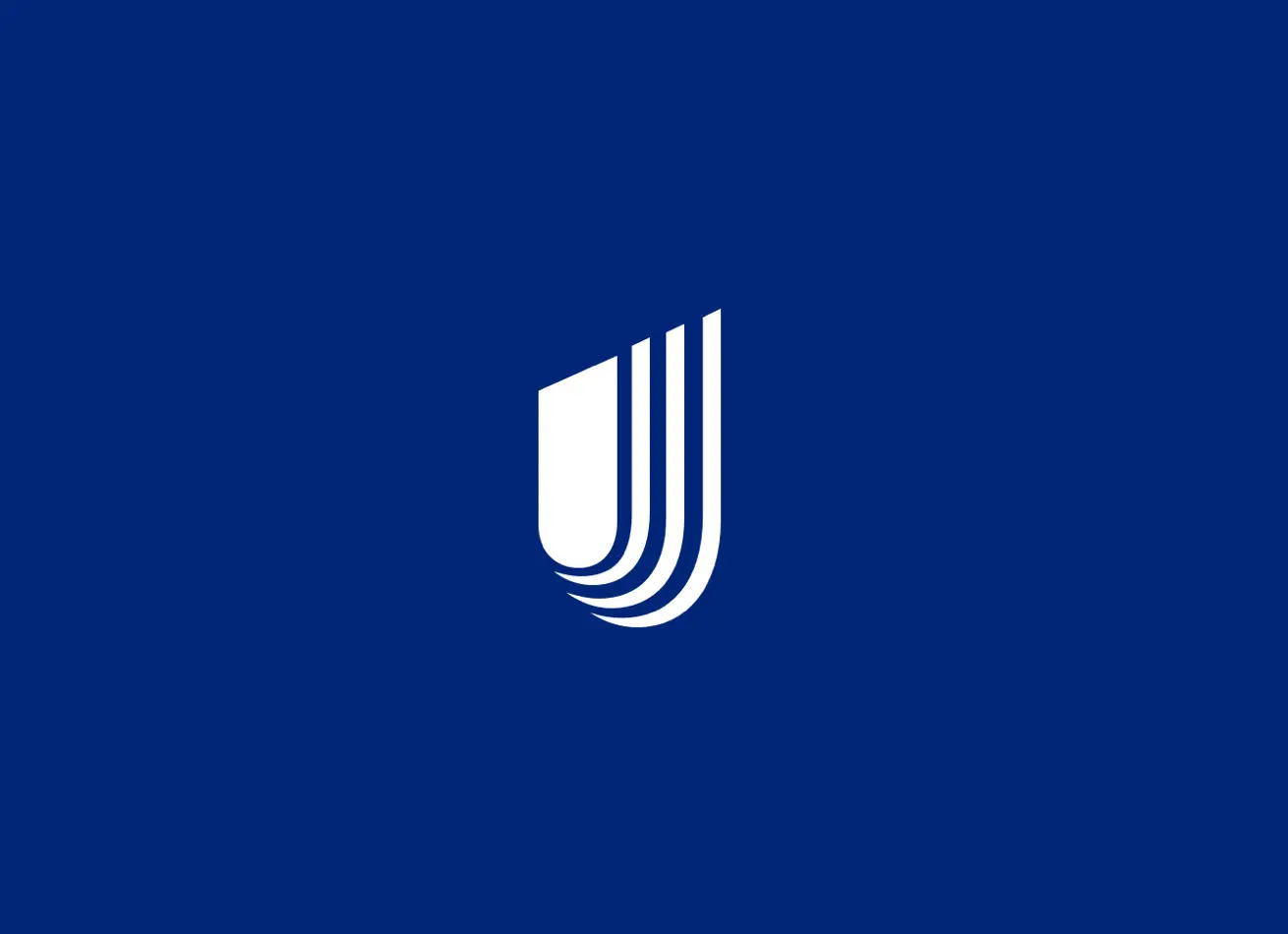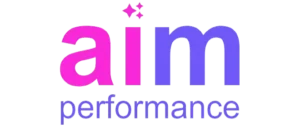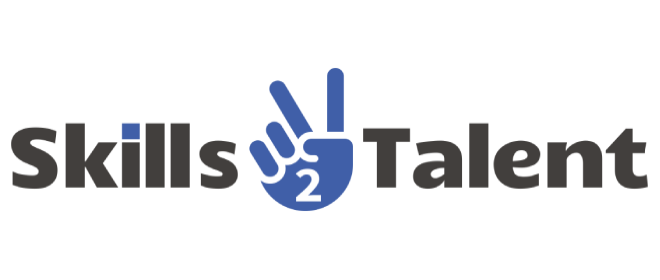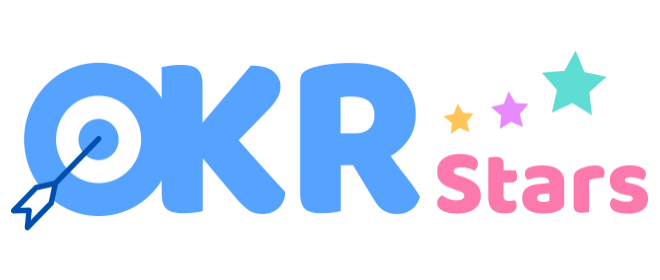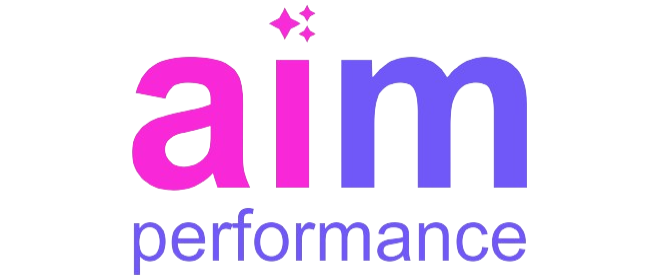Introduction: The Power of OKR & Alignment Management
In today’s fast-paced business environment, achieving organizational goals requires more than just setting targets. It demands a strategic approach that ensures every team and individual is aligned and working towards the same objectives. This is where OKR & Alignment Management comes into play. By integrating Objectives and Key Results (OKRs) with alignment management, organizations can create a cohesive framework that drives performance and fosters a culture of accountability.
Understanding OKRs: A Brief Overview
Objectives and Key Results (OKRs) is a goal-setting framework that has gained popularity among leading organizations like Google and Intel. The power of OKRs lies in their simplicity and effectiveness. Objectives define what you want to achieve, while Key Results outline how you will measure progress towards these objectives.
The OKR framework promotes transparency, focus, and alignment across all levels of an organization. By setting ambitious yet achievable goals, OKRs encourage teams to push beyond their limits and achieve remarkable results.
The Role of Alignment in OKR Management
Alignment management ensures that the goals of different teams and departments are in sync with the overall strategic objectives of the organization. Without alignment, even the best-set OKRs can fall short of delivering desired outcomes. Alignment ensures that every team understands how their objectives contribute to the organization’s success.
For OKR & Alignment Management to be effective, it is essential to establish clear communication channels and regular check-ins. This keeps everyone on the same page and allows for quick adjustments when necessary.
Crafting Effective OKRs: Best Practices
Creating effective OKRs is both an art and a science. The objectives should be clear, concise, and inspiring. They should challenge the team but still be attainable. Key Results, on the other hand, should be specific, measurable, and time-bound.
When crafting OKRs, it is important to involve team members in the process. This fosters a sense of ownership and commitment. Additionally, aligning individual OKRs with team and organizational goals ensures that everyone is moving in the same direction.
Ensuring Continuous Alignment: Tools and Techniques
Maintaining alignment is an ongoing process that requires the right tools and techniques. Regular check-ins, progress reviews, and real-time feedback are crucial for continuous alignment. Digital tools like OKR software platforms can facilitate this process by providing a centralized place to track and manage OKRs.
Furthermore, leadership plays a pivotal role in maintaining alignment. Leaders must regularly communicate the organization’s vision and strategic priorities, ensuring that every team member understands their role in achieving these goals.
Overcoming Challenges in OKR & Alignment Management
Implementing OKR & Alignment Management is not without its challenges. Common obstacles include setting unrealistic goals, lack of alignment between departments, and inadequate communication. Addressing these challenges requires a proactive approach and a commitment to continuous improvement.
One effective strategy is to start small and gradually scale up. This allows teams to familiarize themselves with the OKR process and make necessary adjustments before expanding it organization-wide.
The Impact of OKR & Alignment Management on Performance
The impact of effective OKR & Alignment Management on organizational performance cannot be overstated. When done correctly, it leads to improved focus, increased accountability, and enhanced collaboration. Teams are more motivated and engaged, knowing that their efforts are aligned with the company’s strategic goals.
Moreover, OKR & Alignment Management fosters a culture of continuous learning and development. By regularly reviewing progress and adjusting goals, organizations can quickly adapt to changing circumstances and stay ahead of the competition.
Future Trends in OKR & Alignment Management
The future of OKR & Alignment Management looks promising, with several trends poised to shape its evolution. One such trend is the increased use of artificial intelligence and machine learning to optimize OKR processes. These technologies can provide valuable insights and predictive analytics, helping organizations set more effective goals and track progress in real-time.
Another trend is the growing emphasis on employee well-being and development. As organizations recognize the importance of a motivated and engaged workforce, they are incorporating well-being goals into their OKR frameworks. This holistic approach ensures that organizational success is aligned with employee satisfaction and growth.
Conclusion: Embracing OKR & Alignment Management for Success
In conclusion, OKR & Alignment Management is a powerful approach that can transform how organizations set and achieve their goals. By integrating OKRs with alignment management, organizations can create a cohesive and agile framework that drives performance and fosters a culture of accountability. As we move into the future, embracing these practices will be essential for staying competitive and achieving sustainable success.


